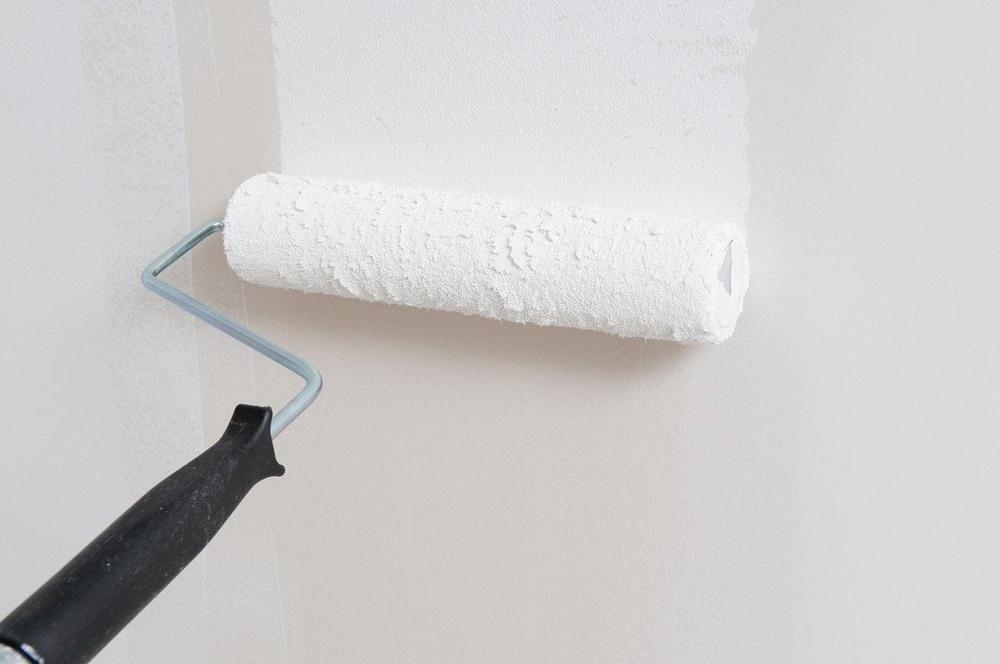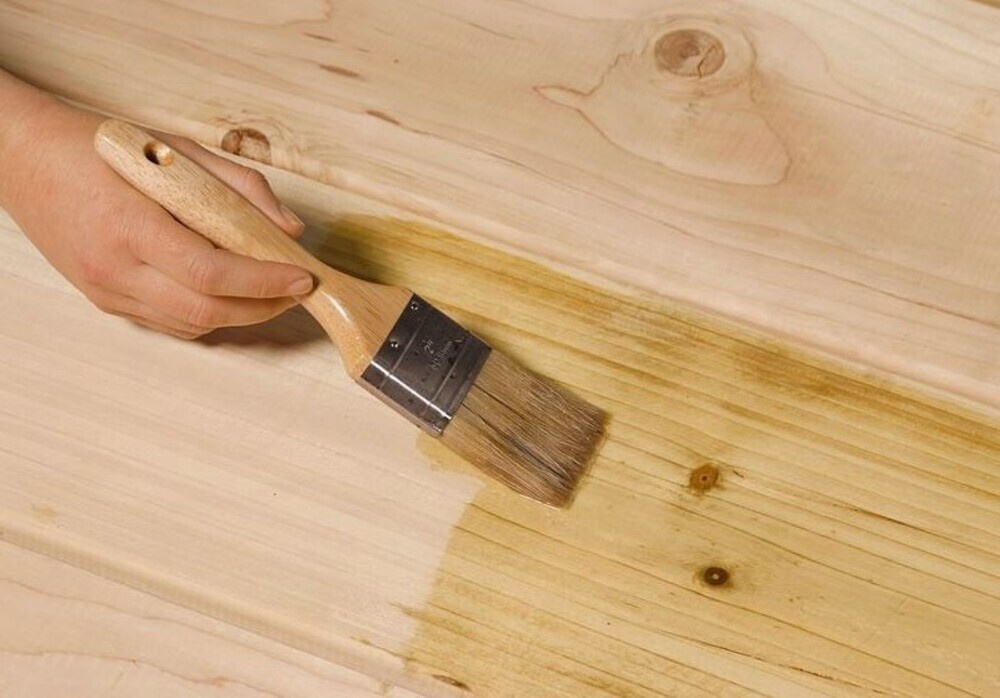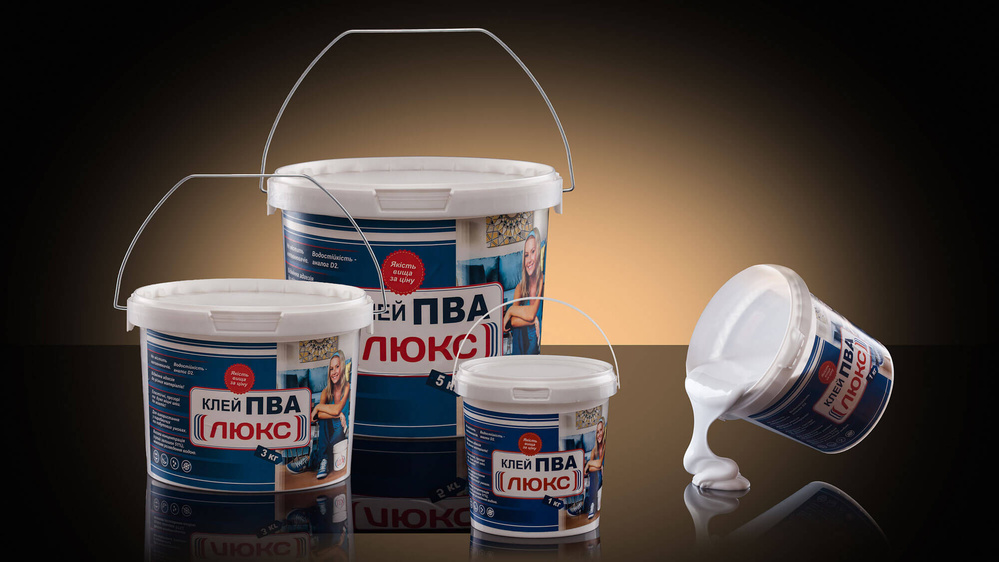PVAC as a primer
- How to prepare a primer from PVAC glue
- How to apply a PVAC-based primer
- Features of home-prepared PVAC primer
- Which PVAC glue to choose for a primer
- Advantages of Lux PVAC glue
- Technical properties of Lux PVAC glue
- Where to buy Lux PVAC glue?
PVAC glue is a multipurpose adhesive for bonding different materials: cardboard, paper, textiles and wood. Besides bonding materials with one another, polyvinyl acetate is used as a component in mortar mixes. PVAC is added when making primers and spackling paste to increase the adhesion of finishing materials. PVAC glue is used to prepare primers because the adhesive is nontoxic, flameproof, has a soft consistency, and is easy to apply onto a surface.

Besides improving the adhesion, a primer with addition of PVAC has the following advantages:
- Protects the surface from ingress of moisture.
- Facilitates uniform spreading of a finishing material: varnishes, paints and other decorative materials.
- Reduces the consumption of finishing coatings.
How to prepare a primer from PVAC glue
Preparing a PVAC-based primer is an easy task that can be done at home. The following things are needed to prepare a primer:
- PVAC glue. It is crucial to choose a quality adhesive that does not turn yellow with time. This will prevent the appearance of stains on a surface. Also, pay attention to the shelf life of the adhesive. It is best to use a glue that was produced no earlier than four months ago.
- Water. Polyvinyl acetate glue should be diluted with water. It is not recommended to prime walls with an undiluted PVAC glue because, following the application of the primer, a thick film is formed on the surface that can peel off with time. Besides, PVAC glue consumption will be high and primer application can present issues.
- Container. No criteria exist to choose a container. Use any container that is convenient to mix the composition.
- A construction mixer or a wooden stick. Stir the primer to a homogeneous consistency to remove all lumps. The glue can dissolve completely even when mixed by hand, though to make the task easier use a construction tool.
Proportions
Construction specialists recommend mixing 1:2
- one part of polyvinyl acetate,
- with two parts of water.
There is no point in limiting oneself to this ratio because more water may be needed depending on the PVAC viscosity and dry solid. When preparing the primer check its consistency to make sure no inclusions are present and that the composition can be easily applied onto a surface. It is best to remove glue blobs immediately. Prepare the
primer in a limited amount for one application job. Such a composition cannot be stored for long because it contains no preservatives and antifungal agents, and spoils quickly.
How to apply a PVAC-based primer
Before applying the primer composition, prepare the surface. Smooth out the walls, remove all defects and cracks with spackling paste and sandpaper them to make the surface smooth. The primer is applied onto brick, concrete or wooden constructions.

Prior to priming wooden materials, their surface is coated with a special spackling paste to remove all irregularities. Following the application of the first primer coating, roughness may appear on wooden covers because the water swells the wood fibres to create a “fringe” effect. In this case, the surface is sandpapered, and a second primer coating is applied.
As any other medium, a preliminarily prepared primer is tested on a small area of the wall. If the primer is transparent and soaks in fine, this means that the composition is good. After the primer has dried on the test area, try to pry off the film. If it comes off easily, add more water to the composition.
The prepared primer is used in rooms with an optimal air humidity. Water and steam have an adverse effect on the structure and properties of a PVAC-based primer.
The primer is applied using a brush or roller. The composition is poured into a paint tray to make it spread better over the roller, which is then used to work the flat surfaces. Use a brush to work hard-to-access places. After the first coating has been applied, let it dry for several hours. Next, prime the surface with a second coating and leave it for 24 hours to dry completely.
After the PVAC-based primer has been applied, the walls are ready for painting or hanging wallpaper. The primer helps to apply paint better onto walls, with paint consumption being less. The primer composition can be used on tile-decorated ceilings.
Features of home-prepared PVAC primer
A home-prepared PVAC-based primer can be of good quality only if a good PVAC glue is used. A professionally prepared primer has antimicrobial properties owing to the presence of special agents in the composition. A primer’s antimicrobial property is especially relevant if the primer is used on wooden materials. The properties of a home-made primer can be improved if building chalk or gypsum is added to the composition. The composition obtained is used on surfaces for hanging wallpaper and for decorating with rock or tiles. It is not recommended to apply a primer with added components when
the walls are to be painted because the chalk makes the surface rough. DIY stores often offer primers and spackling pastes that already contain PVAC glue. It is up to you whether to buy an off-the-shelf composition or prepare it yourself, though either way it is important to choose only quality materials to prepare a PVAC-based primer at home or in industrial conditions.
Which PVAC glue to choose for a primer
We recommend using Lux PVAC glue to prepare a polyvinyl acetate-based primer used for construction purposes.

Advantages of Lux PVAC glue
- Contains a high concentration of the base substance.
- Can be diluted with water to a required consistency.
- High adhesion with different materials.
- Contains preserving agents.
- Nontoxic.
Technical properties of Lux PVAC glue
- White viscous fluid forming a transparent film upon drying.
- Resistance to external factors.
- Guaranteed storage term of PVAC glue – one year from the date of production.
- Glue consumption depends on the application method and the materials being bonded.
Where to buy Lux PVAC glue?
You can buy Lux PVAC glue directly from the producer, Lux-X LLC, or at DIY stores in Kharkiv. Call us at + 38(057)766-06-36 for more information on the product and to order the glue, or use the callback button on the company website to contact us. By calling Lux-X LLC, you will get detailed technical consultations. Delivery is free-of-charge in Ukraine when glue is ordered in industrial-scale quantities.






